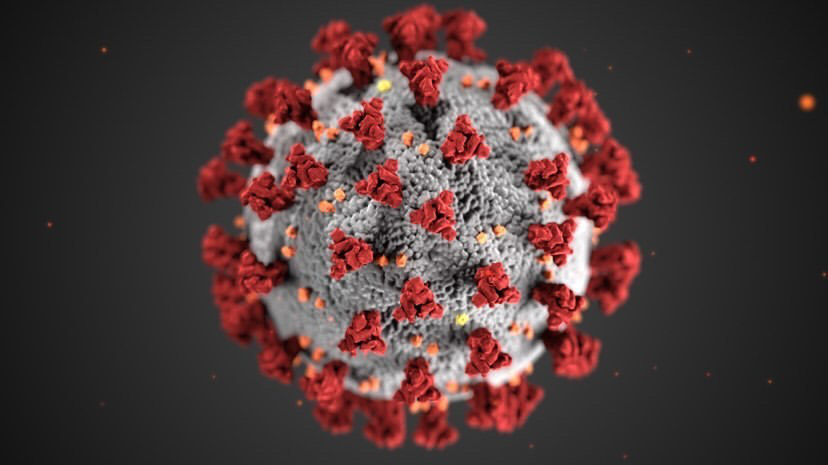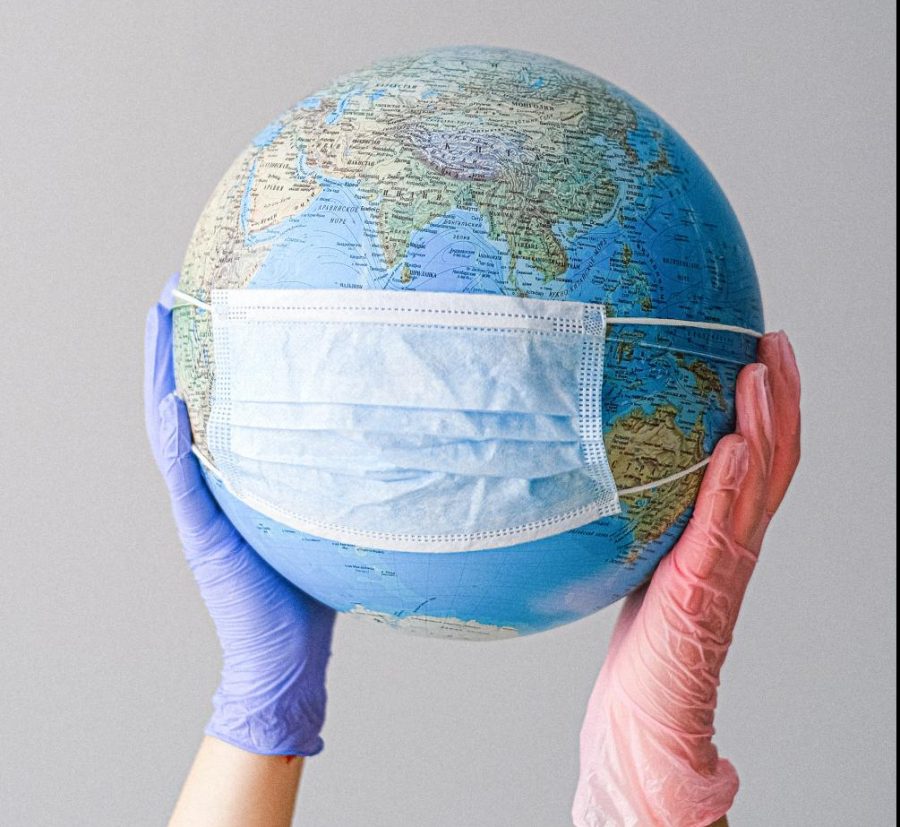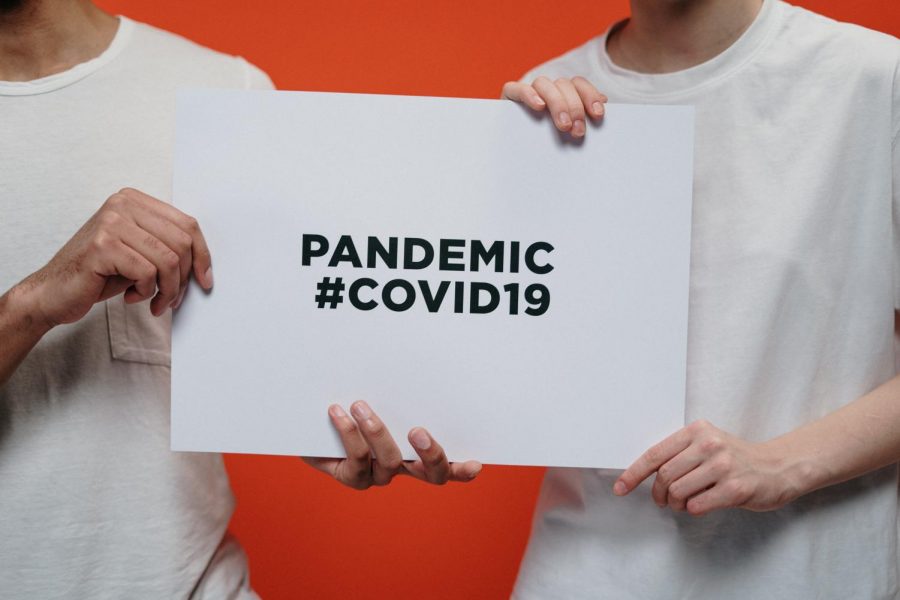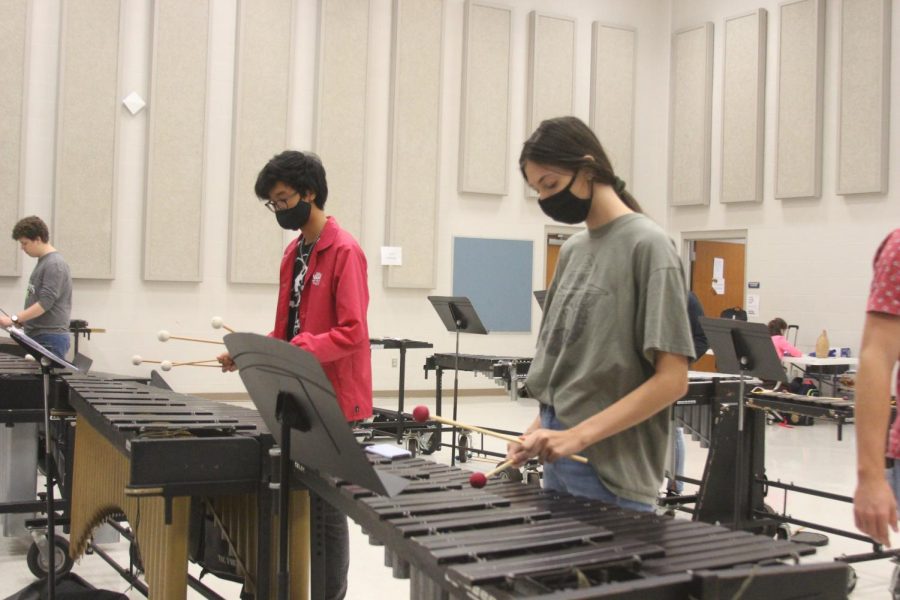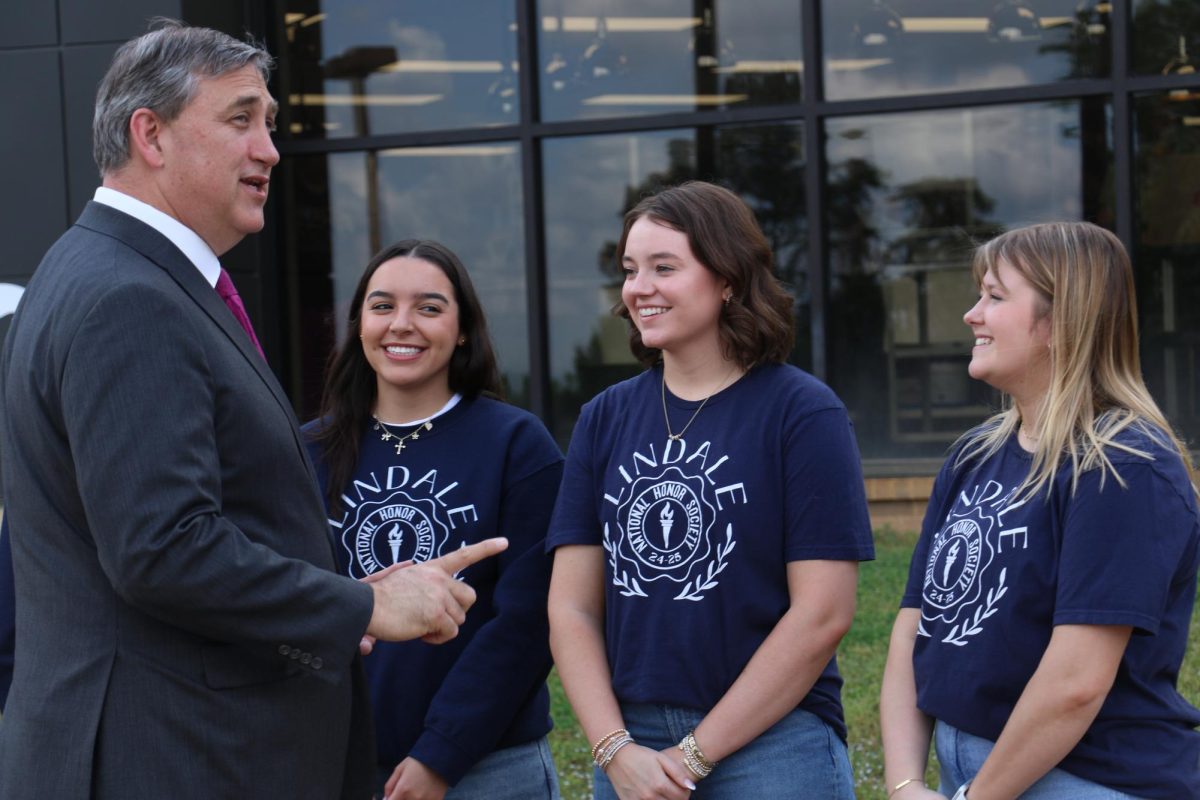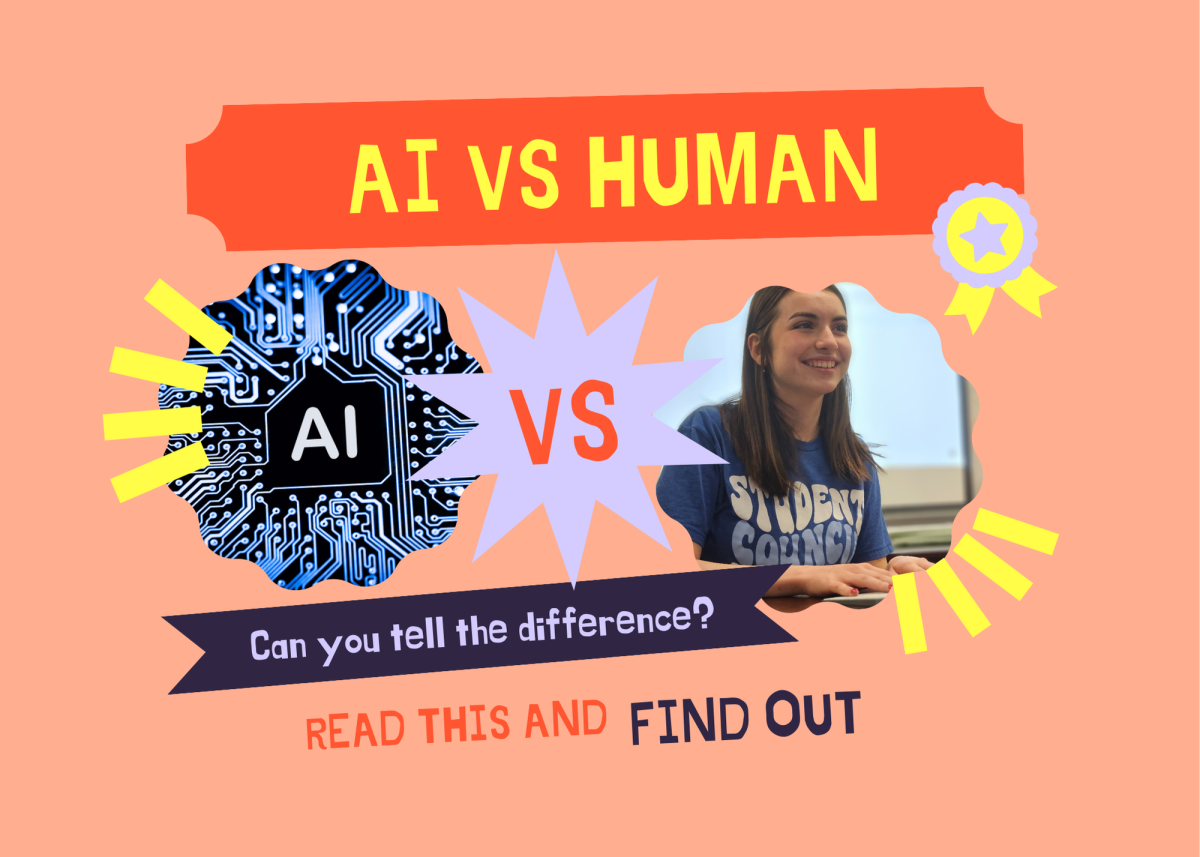He walks into the hospital for the fifth time this week, being kept up at night knowing the lives that are at stake in an epidemic unlike he’s seen in his lifetime. He sees the people in masks and wonders when all of this will be over, when all of society can get to a new normal. This timeline is uncertain, but for everyone in the healthcare field, it is one day at a time.
During the COVID-19 epidemic, medical professionals and their lives have changed dramatically in comparison to before the outbreak. Whether this be because of increased traffic and long days or the opposite, those at the frontline of this pandemic are in the hospitals, care clinics and urgent care centers. School board member and local nurse practitioner Kelly Cox is on the front lines of the crisis every day.
“The main thing that has changed is how careful we are being for every patient that comes in,” nurse practitioner Kelly Cox said. “People are afraid to come in, so hours are being cut down and alternative forms of treatment are being deferred to.”
This form of alternative treatment comes in the form of telehealth and tele visits that are primarily technological. This allows people to be checked for and potentially diagnosed with an illness from home, with steps for treatment being determined in the same way.
“[Medical professionals] have convinced the Texas medical board that televisits are valid and that we can take care of patients through our skills as practitioners and access someone through a telephone rather than having hands-on experience,” Cox said. “The patients that we have deserve the absolute best treatment that we can afford to them, and in the time of a crisis like this it has been in the form of things like audio-visual visits so that medical practitioners can get an idea without them having to potentially be exposed to a disease they may not have.”
Given the daily press conferences about the disease, the conversation about ‘social distancing’ is one had in households across the states. There are a variety of opinions about it, but the seriousness and necessity of it cannot be understated.
“The reason why social distancing is so important is because something like a sneeze can travel, with a pathogen, for 27 feet and a cough can travel six to 18 feet if either of them go uncovered,” Cox said. “Even if you don’t think you have it there are a lot of non-symptomatic patients who can spread it regardless.”
The best piece of advice anyone can follow right now is just to stay home. This disease is something that there is not adequate treatment or vaccine for yet, so leaving the house is only justifiable if deemed a necessary part of the workforce or to buy groceries.
“Don’t take your health for granted or think that this is a hoax. This is serious and it affects everyone, and everyone needs to take care of themselves,” Cox said. “Staying home is the best thing that can be done right now, not just for yourself, but for everyone.”







